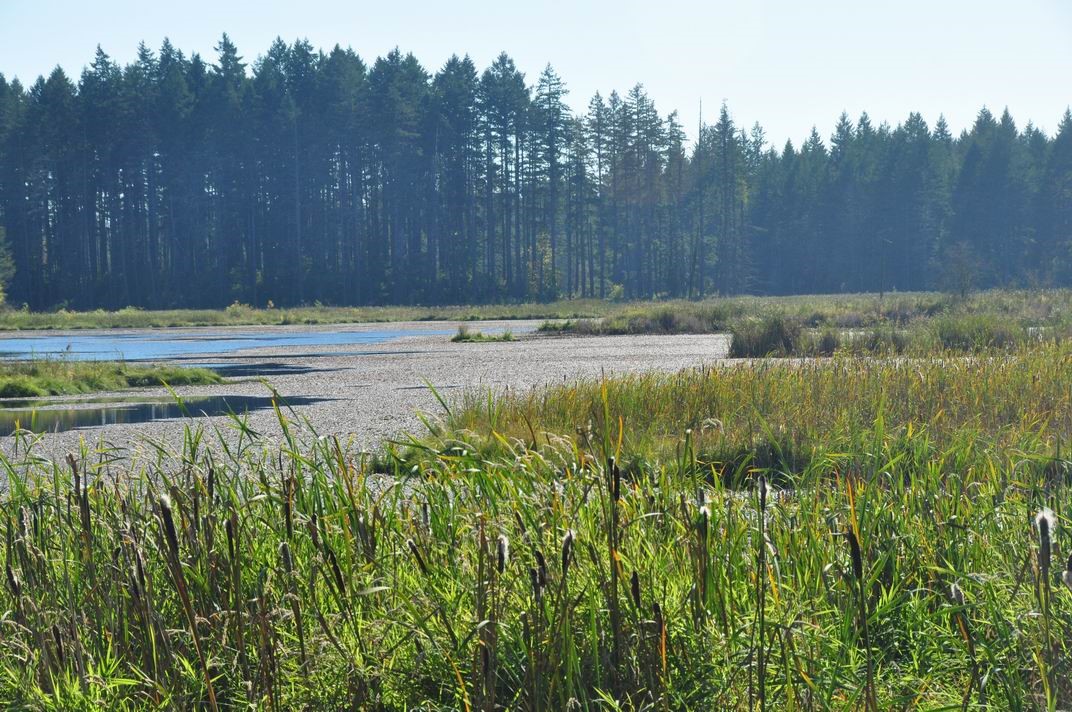Both Tacoma’s Planning Department and Pierce County Planning Department have circumvented the state Environmental Policy Act by making a Designation of Nonsignficance that does not evaluate significant impacts on large projects, like Tiny Home Village in Spanaway and the South Tacoma Warehouse District.
Is there a way to change this policy?
___________________________________________________________________
The High Price of Environmental Justice in Pierce County
Environmental justice should not come at such a high price. But in the last decade, neighbors whose Land Use Advisory Commission (LUAC) veto projects in their community, were required to raise thousands of dollars to have environmental rules enforced.
In both the city of Tacoma and Pierce County, planning departments use a Determination of Nonsignificance to avoid enforcing environmental rules and Growth Management policies. Neighborhoods then must use the court system at a great costs.
Three recent local zoning appeals since 2018 demonstrate how poorly Pierce County Planning protects the environment. Lately the leadership to appeal these Conditional Use Permit appeals com from local neighborhood activism, rather than from countywide groups like Tahoma Audubon or Sierra Club which challenged zoning determinations in the past.
Reasons for the decline include the cost of an appeal and the need for local experience with the state Environmental Policy Act, which is necessary to appeal local planning policies and zoning laws.
In South Tacoma, a mega-warehouse was proposed to be built on an EPA Superfund site, which also sits on a significant aquifer. This aquifer provides a backup drinking water supply for Tacoma.
“In particularly challenging years, we use the South Tacoma Wellfield to supplement our water supplies. This enables us to reserve adequate storage for augmenting natural stream flows and maintaining healthy fish habitats,” according to the Tacoma Public Utilities website.
Instead of completing an environmental impact analysis, the City of Tacoma’s planning department used a Determination of Nonsignificance. The city asserted that increased truck traffic could be mitigated without studying neither the public health of the surrounding community nor impacts on groundwater recharge.
This was an environmental injustice. The city did not analyze the impact that such a large commercial development would have on the surrounding community with many people of color, or who are retired people with income below the poverty level.
A request for an Environmental Impact Statement was ignored by the city. Then, the city’s Hearing Examiner was not interested in the findings from the neighbors, and their appeal was rejected. The City of Tacoma Planning Department ignored Growth Management Plan Policy that limits development in what the city calls “Underserved Communities”.
If an Environmental Impact Statement had been conducted to analyze the situation, the problems with the aquifer and Superfund site would have been studied, and the Health Department would have provided statistics of the declining health for poor people and early deaths of retired residents living near the proposed project.
When an environmental impact study is done, an appeal in court by environmental groups is less costly. Often, the Growth Management Hearing Board can make a determination without causing legal costs to soar.
In the case of the proposal to build a Tiny Home Village near Spanaway Marsh and Audubon Springs, Pierce County also issued a Determination of Nonsignificance, ignoring the zoning requirements for wetland buffers, and allowing over 280 units to be built on 30 acres. An environmental impact analysis should have been conducted.
After over $130,000 in legal fees were paid to go to the Growth Mangement Hearing Board and the Pierce County Hearing Examiner, the neighborhood group still faces more legal fees to appear before other courts before arriving at the State Court Of Appeals. At a minimum, the additional cost of going to the Appeals Court will be another $50,000.
Fortunately, the high cost of an appeal did not stop neighbors who live around Burley Lagoon. When Pierce County published a Final Environmental Impact Statement for the largest geoduck farm in the county, the Friends of Burley Lagoon made their appeal with minimal attorney involvement.
The geoduck farm would impact the protected Pacific Salmon by eliminating eelgrass habitat. In turn, whales that visit the site are not protected either. The shellfish company used their boat to disturb seals and sea lions during feeding. All of these species are protected by the National Marine Mammal Act, and Pierce County did nothing in response.
What’s more, Pierce County planning staff ignored a 2019 Federal Court Decision that required a Cumulative Impact Analysis for the entire South Puget Sound before granting a permit. Staff insisted this large geoduck farm would only have minor impacts.
Friends of Burley Lagoon recently hired the same attorneys as Spanaway Concerned Citizens. They are looking to address the issue with the Shoreline Hearing Board before an appearance at the State Court of Appeals.
This year, a new Environmental Coalition has formed by activists who were previously active in Audubon and Sierra Club. Some testified at hearings and wrote comment letters. Volunteers in the Environmental Coalition have no legal staff and limited fundraising capability, but we work hand-in-hand with a variety of organizations to meet objectives.
During this pause of activity while Spanaway Concerned Citizens and Friends of Burley Lagoon decide on legal strategy and write their appeal briefs, what can be done to reduce these high costs of environmental justice here in Pierce County?
- Win the appeals. Sounds easy, but it really means hard work at fundraising, finding environmental sympathy in the community.
- Ask attorneys to set a ceiling for appeal cost. Once the cost is estimated, attorneys may finish the job on a pro bono basis, if asked. When court costs for initial hearings are over $100,000, they should share in the cost of justice.
- Apply for grants. The Center for Biological Diversity funded protection for Audubon Springs and stopped the Cross Base Highway two decades ago. Their contact information is online.
- Change county policy for environmental review. Anew county council could change the policy on the standard to require a Environmental Impact statement and not use a Determination of Nonsignifance.
For example if the Tiny Home Village for the homeless would have been required to do a Environmental Impact Statement, then it would have showed that the rural zoning would not allow Tiny Homes for 280 people. It would show buffers for wetlands were not being enforced and it would have required an alternate site and also reduced the size of the village permitted in a rural zone.
If proposal was appealed, then the data could be used in the appeal process instead of requiring a list of witness and documents. These would be incorporated into the EIS. The EIS would have resolved the issues into a scientific document instead of requiring an appeal.
- Elect a new Pierce County Executive. The current County Executive designated the Tiny Homeless Village permit as a priority project and skipped the environmental analysis requirements of the State Environmental Policy Act.
The planning staff and the Pierce County Hearing Examiner followed his lead giving a preference for this development. The Hearing examiner frequently interrupted appellants testimony. And also dismissed public comment before the speaker had finished.
33It’s time for a new Pierce County Executive who can change policy about who gets priority from the planning staff. And it’s time that local planning advisory boards be given the option of requiring an Environmental Impact Statement when neighbor’s call for denial of the project..


